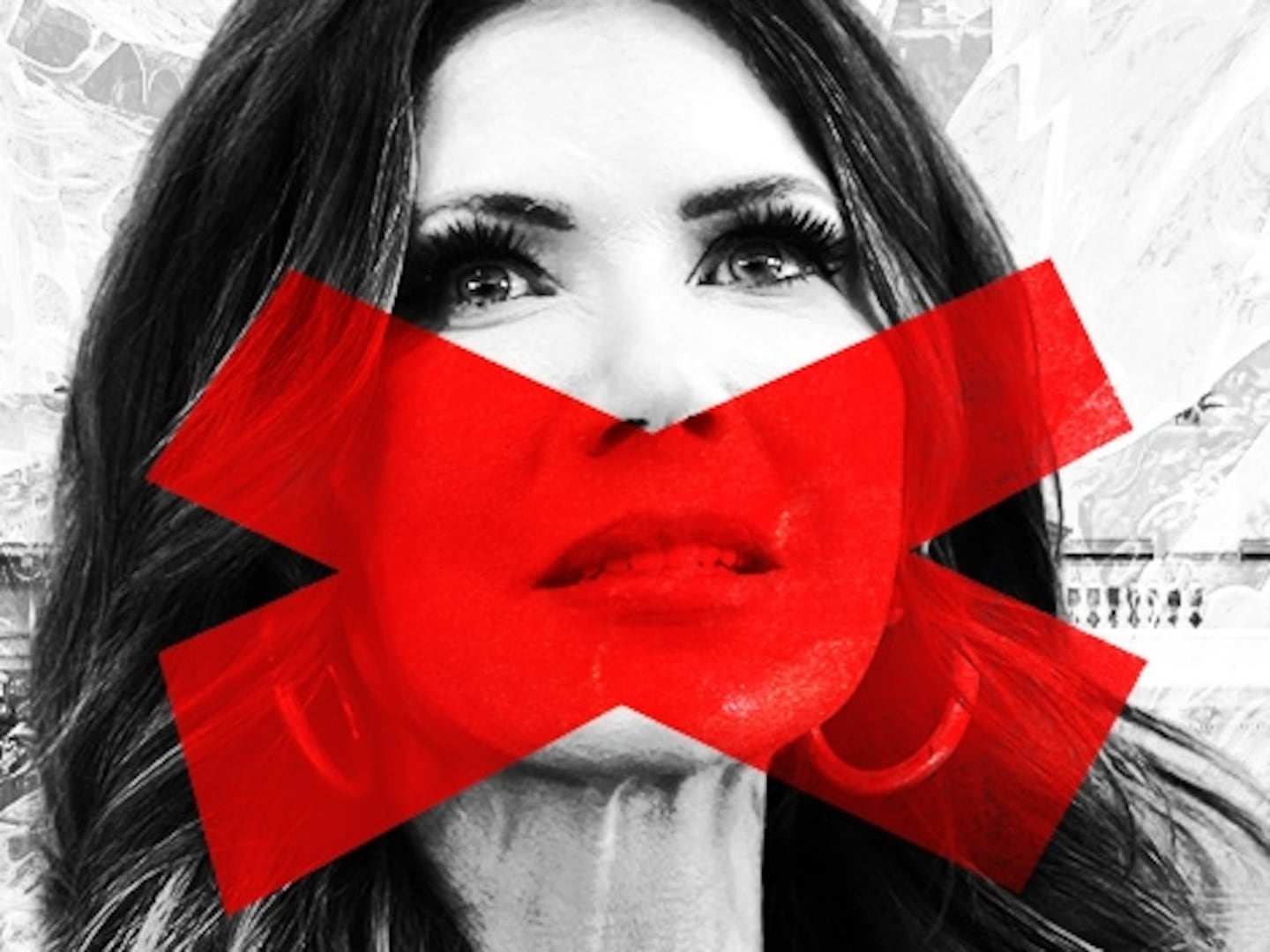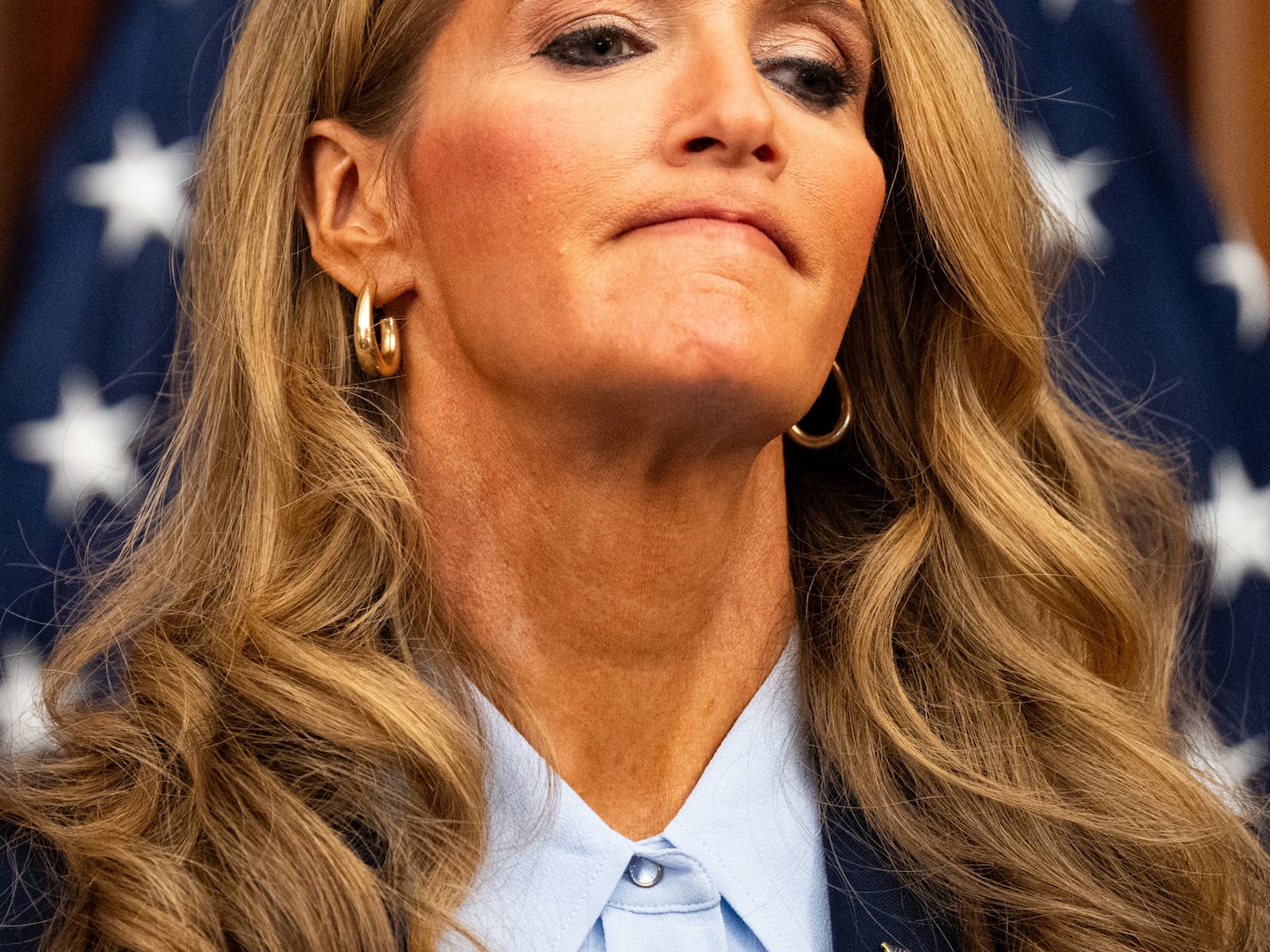The questions keep piling up.
There was the revelation late Wednesday that federal officials initially declined to test the first U.S. 2019 novel coronavirus case of “unknown origin.” Plus word of hundreds of people under monitoring for infection in Massachusetts and thousands more in California.
Taken in tandem, the developments underscored festering concerns about testing for the deadly disease in a country with a questionable health infrastructure.
The Centers for Disease Control and Prevention (CDC) at first declined to test a since-confirmed case of novel 2019 coronavirus at UC Davis Medical Center, Dr. David Lubarsky, CEO of University of California Davis Health, announced Wednesday.
“We requested COVID-19 testing by the CDC, since neither Sacramento County nor CDPH is doing testing for coronavirus at this time,” he said in a press release. “Since the patient did not fit the existing CDC criteria for COVID-19, a test was not immediately administered. UC Davis Health does not control the testing process.”
On Sunday, the CDC changed its mind and ordered testing of the patient, along with airborne precautions and strict contact precautions, Lubarsky added. By Wednesday, the agency confirmed the individual’s diagnosis—the first case of community transmission from an unknown origin in the United States and the 60th case on American soil.
All other cases that have come through the American health system center on patients who had traveled to the epicenter of the virus’s outbreak in China or had close contact with someone who had. Another group of confirmed patients were either repatriated individuals who fled the vicinity of the virus’ origin in China on State Department-chartered planes or were rescued from the disastrous Diamond Princess cruise ship outbreak.
South Korea has tested more than 35,000 people for the 2019 novel coronavirus, and in Italy, officials have carried out thousands of tests, confirming at least 650 cases by Thursday—and 17 deaths. By contrast, tests in the U.S. have encountered serious problems, which CDC officials have called “frustrating.” Roughly 500 people were known to have been tested as of Wednesday, not including those who were on the State Department flights and cruise. Outside of the CDC, only 12 states and localities can conduct their own tests, officials have said.
Some public health labs have gone so far in recent days as to ask the CDC for permission to develop their own tests, Hawaiian officials asked for the OK to use Japanese tests, and at least one doctor in Boston was working on their own, The Washington Post reported on Tuesday.
One expert who has been sounding the alarm about the U.S.’s lackluster testing infrastructure said the dearth of diagnostic materials, which comes into sharper focus almost daily, was alarming.
“It isn’t under control,” said Irwin Redlener, director of the National Center for Disaster Preparedness at Columbia University and an expert on U.S. readiness for pandemics. “We do not have anything close to a sufficient quantity of test kits. There’s definitely a problem in the supply chain for accurate, reliable testing materials. I don’t know that we really know what’s happening in California or anywhere else right now for that matter. It’s a very, very confusing time.”
The CDC did not immediately respond to a request for comment from The Daily Beast on Thursday. But a representative for the CDC who was not authorized to speak publicly told The Daily Beast that it would take the agency “days” to get back to reporters’ requests. When asked how reporters were supposed to properly cover the outbreak, the official said they did not see the lag time changing in the near future.
The California case was that of a woman who went to a hospital for flu-like symptoms on Feb. 15 and wasn’t tested for coronavirus until more than a week later, when her health continued to decline. It triggered symptom-monitoring for scores of staff members who may have come in contact with the patient, some of whom have now been tested for the virus, The Post reported Thursday.
Hours later, Gov. Gavin Newsom announced that officials were monitoring about 8,400 people in California for possible infections.
Dr. Jeffrey Klausner, an adjunct professor of epidemiology at the University of California Los Angeles who previously worked for the CDC, said community transmission, as in California, was to be expected.
“The lack of identified exposure just means that we don’t have the knowledge to determine that exposure,” said Klausner. “Exposure had to occur, spread[ing] the virus does not happen without that. I expect to continue to see new cases arising sporadically as lab test become more available.”
A representative from the NorthBay Healthcare Group, where the California patient first sought treatment, said she was brought into the VacaValley hospital by her family. The center is a community hospital with 50 beds and 2 isolation rooms. The patient presented with flu-like symptoms but it was not until days later that physicians thought her condition had worsened enough for a transfer to UC Davis Medical Center, where she is currently. At that point, the patient had severe respiratory and pulmonary symptoms, the source said.
UC Davis administrators and physicians alerted NorthBay of the female’s positive coronavirus test, according to the hospital representative, and it wasn’t until after those results came through that the CDC reached out. Since then, the hospital has been in the process of screening individuals who may have come into contact with the patient in the hospital. The representative said there could be thousands of people in the hospital on any given day.
California health officials are screening individuals the patient may have come into contact with before she entered the hospital, Gov. Newsom said in a press conference Thursday. He added that several of the coronavirus patients had been transferred out of the state.
A representative for the University of Nebraska Medical Center said the hospital was treating patients from the Diamond Princess cruise ship and that 11 of the first 13 individuals tested positive. The source said the latest patient the hospital took in came from Travis Air Force Base, in Fairfield, California, and was the spouse of someone already in the hospital.
Meanwhile, public health officials in Massachusetts revealed Wednesday that more than 600 state residents who recently traveled to China voluntarily quarantined themselves at home and were actively monitored for the disease. Approximately 377 of those people completed the quarantine without falling ill, while 231 were still being monitored, according to the state’s public health commissioner, Monica Bharel. Only one person—a student in Boston—contracted the illness, according to The Boston Globe. He was recovering in isolation at home, Bharel has said.
“The risk of COVID-19 remains low in Massachusetts,” Bharel said. “People should live their lives normally and go about their normal activities.”
But Redlener said there was understandable concern over the lack of consistency from public health officials and politicians about how dire the outbreak in the U.S. could really get. Discrepancies in testing capacity across cities and states, and even the appearance of discord between the feds and local authorities, may serve to feed those anxieties.
“Every level of government—local, state, and federal—is trying to find the right balance of information to be giving out to the public,” he added. “There’s a fine line between sort of nonsensical, non-credible reassurance and creating a panic situation. There’s confusion, and a lack of information, and a level of uncertainty for everybody, including the experts and the politicians.”
“You don’t have to create hysteria, but you do have to treat the public as adults and let them know what’s happening,” Redlener added.








